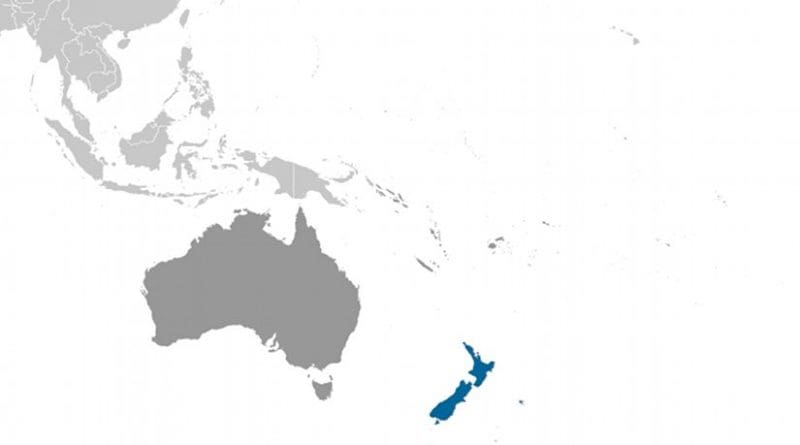Doomed in Christchurch: The New Zealand Earthquake
‘Everybody needs to understand that this is going to be very black day for this severely shaken city’ – Bob Parker, Christchurch Mayor
Tragedy comes in various forms. Nature has an unnerving tendency to shock its human citizens in spectacular fashion. As the death toll mounts in Christchurch, the only effort now is to restore the world of the living. But the fascination with death persists. Paragraphs in papers are constantly updated to reflect a new death toll. Twenty four hour news stations are revelling in the coverage. Entire websites are dedicated to new information that might be found on the subject. Prime Minister John Key’s interviews and addresses are awaited with anxiety.
Journalists are scurrying about noting the minutiae of tragedy, showing that the line between sombre reflection and banality is a very fine one. Britain’s tabloid Daily Mail (Feb 22) featured the desperate calls of a victim ‘frantically phoning rescuers from beneath the rubble’. Papers have been leaked showing what buildings are more important than others. Were survivors pulled out of a building those who texted earlier today, asks an anchor for the Australian Sky News section. How many are coming out of the CTV Building? ‘Local TV3 said dead bodies had been pulled from a hostel, and a tourist had been crushed to death in a van’ (Daily Telegraph, Feb 23). 75 may have died, with 300 missing. The quotient of morbidity can only rise.
This disaster has been in the making for some time. The South Island city has been persistently rocked by tremors. Tremors amounting to 5.1 in magnitude hit last month. On September 4 last year, a 7.1 magnitude earthquake struck. While inflicting severe structural damage, it lacked the lethality of the latest blow. The city is now bracing itself for aftershocks.
While the human value of the toll is incalculable, the insurers are now making their unenviable predictions and counting the losses. According to JP Morgan Chase & Co, the disaster may well be the costliest natural disaster since 2008. Michael Huttner, an analyst working for the corporation, argues that insured losses may well amount to $12 billion. This would make it the most expensive disaster since Hurricane Ike, which inflicted losses of $19.9 billion on the U.S. economy in 2008 (Bloomberg, Feb 23). While Hurricane Katrina, at a stunning $71.2 billion, tops the list, the New Zealand calamity will come in as the seventh most costly natural disaster for insurers since 1970.
The assistance pledged by the international community has been impressive and touching. Teams from the U.S., United Kingdom and Japan are on their way. Donation drives are underway. The Australian effort for the emergency has been forthcoming and collegial, despite the country’s own travails with natural disaster. Australia’s Senate Foreign Affairs, Defence and Trade Legislation Committee has been told that the ADF helped save lives. The real business of survival will however, lie with those residents of Christchurch.

